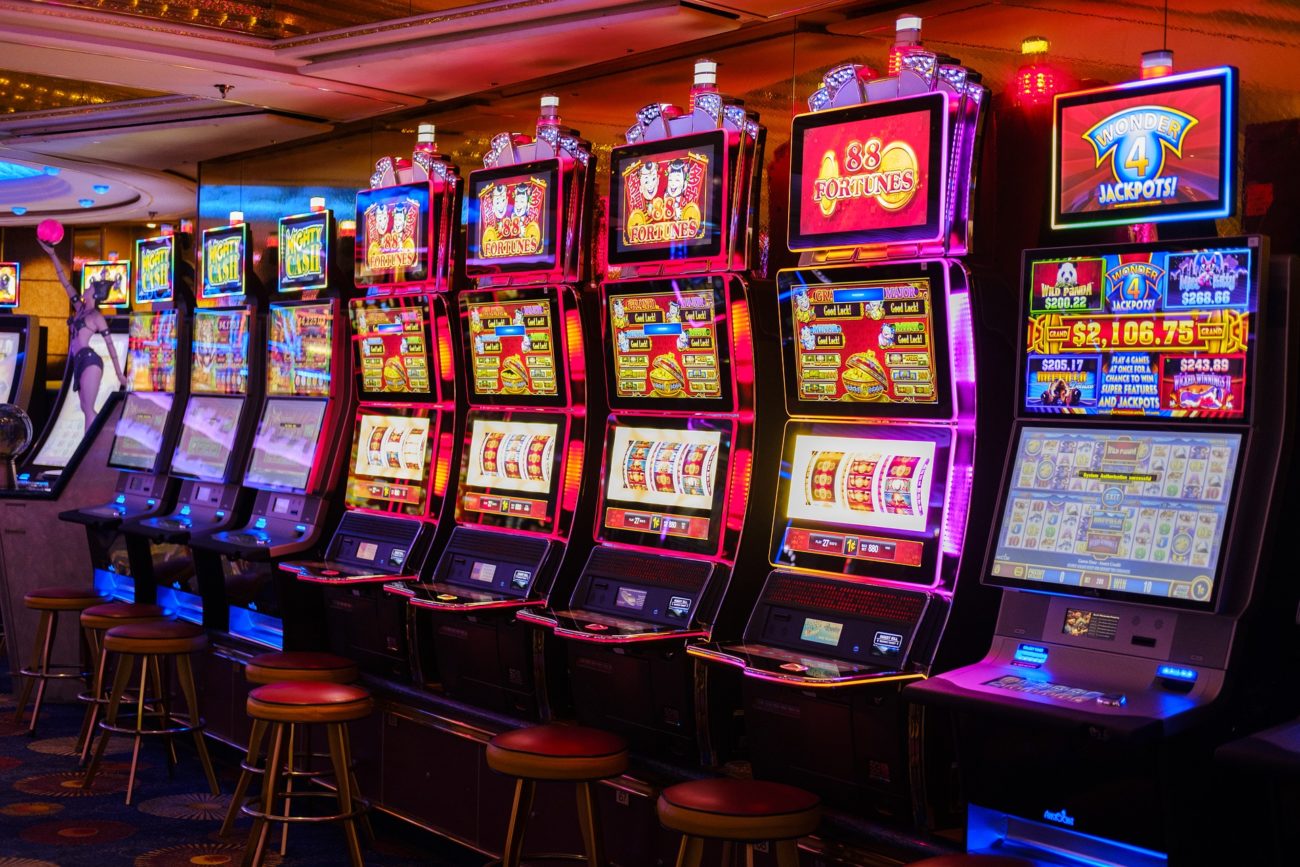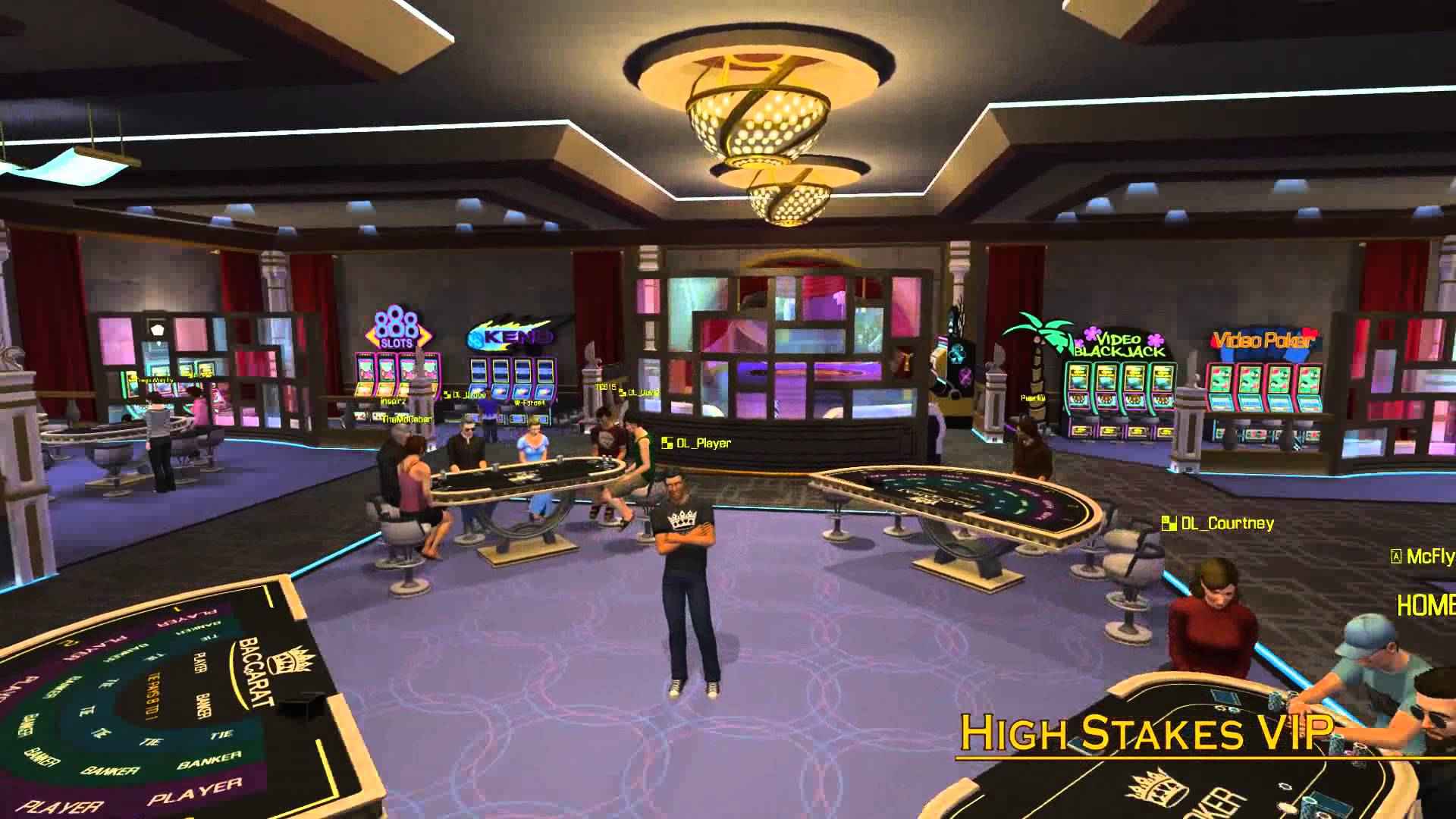In the ever-evolving landscape of global culture, few phenomena capture the imagination quite like the rise of Jilicc. This unique blend of tradition and modernity has woven itself into the fabric of everyday life, leaving an indelible mark on art, fashion, music, and social interaction. By examining the stories and perspectives surrounding Jilicc, we see a rich tapestry that reflects both personal experiences and broader cultural shifts.
Origins of Jilicc
Jilicc, which began as a local expression of heritage, has grown into a global movement. Originating in [insert geographic location]—a region characterized by its diverse traditions and communal values—the concept revolves around the idea of melding past practices with contemporary trends. This synthesis includes storytelling, performance art, and even culinary practices that resonate with both native and international audiences.
The Role of Storytelling
At the heart of Jilicc lies the tradition of storytelling, a vessel for transmitting values, histories, and cultural identity. Stories often focus on themes such as resilience, community, and the interplay between tradition and modernity. Local artists, poets, and musicians have leveraged social media platforms to share these narratives, creating an accessible repository of cultural documentation that captivates audiences worldwide.
Consider the story of [insert a relevant fictional or real character], a young artist who embraced Jilicc to reconnect with her cultural roots. Through her artwork, she depicts narratives from her grandmother’s era, infusing them with contemporary symbolism. Her work not only serves as a personal journey of discovery but also invites viewers to reflect on their own connections to heritage.
Perspectives from Diverse Communities
The impact of Jilicc extends beyond its origins, resonating within various communities globally. For instance, [insert a relevant demographic or community], has seen a revival of interest in traditional practices as a response to globalization. Many individuals from this community articulate that Jilicc affords them a sense of belonging amid a rapidly changing world.
One perspective that stands out is that of [insert name or title of a respected figure], an activist who emphasizes the significance of Jilicc in fostering cultural pride among younger generations. “Jilicc is not merely about nostalgia; it’s a toolkit for forging identity in the 21st century,” they assert. This sentiment echoes across various cultural contexts, embodying a shared desire to maintain connection while simultaneously embracing change.
The Influence of Fashion and Design
The fashion world has also been visibly influenced by Jilicc, with designers experimenting with traditional motifs and sustainable materials. Fashion shows celebrating Jilicc often juxtapose modern silhouettes with age-old fabrics, creating a dialogue between past influences and present aesthetics.
Local designers, such as [insert name of a relevant designer], have gained international acclaim for their innovative designs, which marry contemporary fashion with ancestral techniques. Their collections serve as a canvas for storytelling, often drawing inspiration from folklore and cultural symbols that resonate with audiences facing similar challenges in their own cultural landscapes.
Music as a Unifying Force
In addition to visual arts, the music scene has embraced the Jilicc ethos, blending traditional instruments and rhythms with contemporary genres such as pop, electronic, and hip-hop. This fusion creates a vibrant soundscape that is not only entertaining but also culturally significant.
The rise of artists like [insert name of a noted artist or band] highlights the movement’s global reach. Their music often incorporates narratives that reflect the struggles and triumphs of their communities, resonating with listeners on a deeply emotional level. Concerts and festivals celebrating Jilicc foster a sense of unity, bridging diverse backgrounds while inviting individuals to partake in a shared cultural experience.
Challenges and Critiques
While Jilicc celebrates cultural identity, it also grapples with challenges. Critics argue that the commodification of cultural practices can lead to dilution and misrepresentation. Authenticity becomes a pressing concern as market-driven desires influence the way traditional elements are showcased.
Discussions around Jilicc prompt reflections on whose narratives are prioritized and how they are presented. Organizations and cultural custodians are encouraged to actively engage communities to ensure representations are accurate and respectful. This ongoing dialogue is pivotal in navigating the complexities of cultural exchange in a globalized world.
Conclusion
As we delve into the cultural impact of Jilicc, we uncover a rich and dynamic narrative that interweaves the past and the present. The stories and perspectives surrounding Jilicc illustrate a collective quest for identity, connection, and expression in an increasingly interconnected society. While it faces its share of challenges, Jilicc serves as a potent reminder of the resilience of culture in the face of change. It invites us all to partake in the ongoing journey of discovery, appreciation, and celebration of what it means to be part of a shared human experience.




